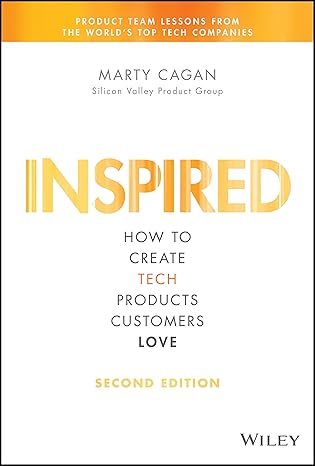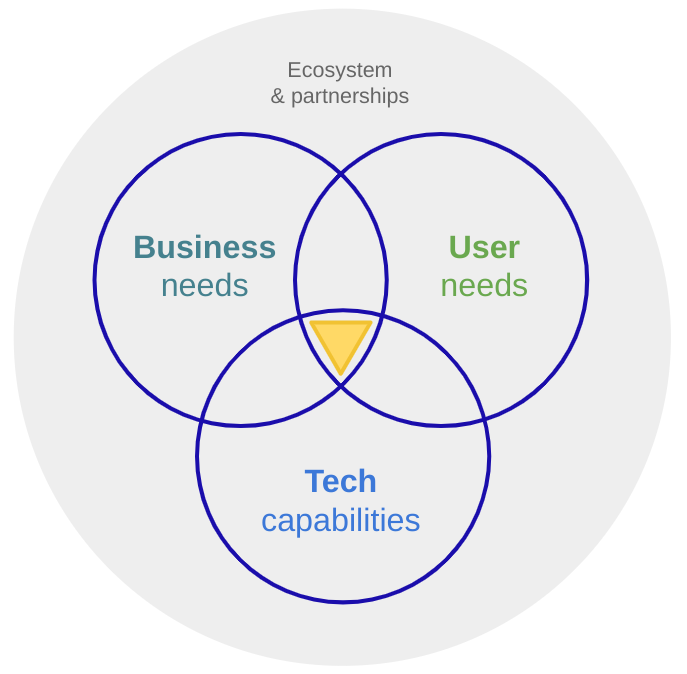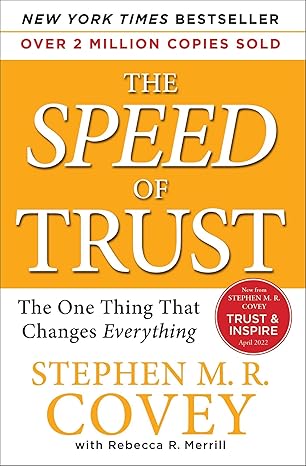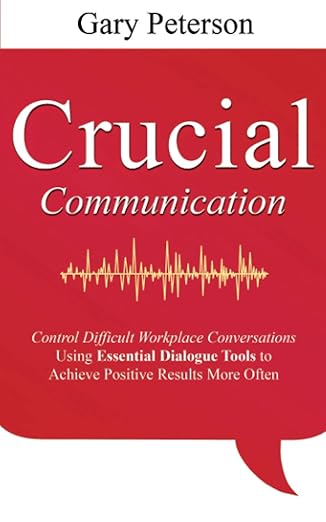Stefan
Latest posts by Stefan (see all)
- Making Every Marketing Dollar Count - March 31, 2025
- The Future-Ready PM: From Traditional Leader to AI-Native Strategist - March 27, 2025
- The Future of Product Management – Fireside Chat with Google PM Stefan F Schnabl - February 14, 2025
Excited to be giving a talk on the topic of Innovation at Docebo’s Product Kick Off meeting in Milan, organized by Docebo and Product Heroes. The company Docebo is a leader in the LMS space, and their teams are all incredibly talented teams of PMs, Designers, and Marketers as well as engineers. I am thrilled to be at the event sharing some of my experiences and learnings. 🙏
To support the talk, I put together this website as a ‘follow along’ to the presentation. There are links to many resources which I found useful in my journey as a PM.
What is Product Management?

I like the story of Robert Noyce and the founding spirit of Intel as it relates to Product Management. Noyce, at 41, left Fairchild – which he co-founded – and started Intel. This was an incredibly move by many accounts. He did such a feat before, when he left Shockley Semiconductor for Fairchild with 7 colleagues.
To be as serial entrepreneur Today is one thing. But doing so in the late 60s, that is truly inspiring. At Intel, Noyce was credited with developing a unique leadership style. One where leaders are involved, and inspired the team with low-bureaucracy, and high engagement and care. Something may take for granted now.
Noyce, by many accounts, was a revolutionary in this way, and forged a new kind of culture. This culture came to inspire many of the great Silicon Valley companies, including Google and Apple.
“Product Management is the practice of guiding a product from its initial concept through development, launch, and beyond.”
To define Product Management, we have to look at which function has the power to affect resource spending within a company, and truly has the end user at heart. This is where the value of the business, the companies (technical) abilities, and the user value overlap. In this overlap, is where Product Managers operate. Often, and for good reasons, they have no direct authority over resources, but the culture is oriented to ensure end user value come first, empowering product teams to lead with ‘user problems’, as opposed to ‘leading with technical solutions’.
One of the best ways to find a comprehensive definition of Product Management is through Marty Cagan’s book INSPIRED. Marty is the founder of the Silicon Valley Product Group, and appears frequently on podcasts and technical shows.
In his mind, PMs are ‘missionaries, not mercenaries’. What he means, is that the team needs to chase to solve the user’s problem, not any specific solution, and that we need to be outcome focused (did we achieve value for the user), and not output focused (did we ship xyz feature).

“The role of a Product Manager (PM) is to be the strategic leader and customer advocate.”
As a PM, your job is to balance business objectives with user needs, define the product roadmap, prioritize features, and ensure timely delivery. PMs act as the bridge between different teams, making key decisions that drive the product’s success and aligning the team towards a shared vision.
Resources:
- 📚 Read Marty Cagan’s book INSPIRED. Marty is the founder of the Silicon Valley Product Group, and appears frequently on podcasts and technical shows.
- 🎙️ Listen to Lenny’s podcast and Ebi Atawodi on how to crafted a compelling vision for your product or feature. Vision’s are a good exercise to anchor against the ‘why’ you are building something. They help align teams on a common goal, and aid execution.
- 📚 To strengthen your communication skills, read Dale Carnegie’s classic How to win friends and influence people. It truly changed me to my core, helped me build more meaningful relationships with others, inside and outside of work. It also helped me see how to become more humble as a person, something which had tremendously positive effects on my life and opened me up to learn a lot more.
How to work as a x-functional Product team?

As a product team, you operate at the intersection of user needs, business needs, and technical capabilities. You interface with a host of roles, including the external ecosystem & partnerships of your team, group, and organization at large.
It is important to recognize the way these various pieces fit together, and the tension which might arise from the various decisions that need to be made, under time pressure, with a lot at stake. As such, we identify three traits which identify highly performing teams.
“The strongest teams are strong collaborators, extremely well aligned, and execute at a quality and pace above other teams.”
These traits are hard to come by, but can be curated and developed through three distinct practices:
- To achieve strong collaboration, you need to develop and foster a culture of trust.
- To become more aligned, you need to ensure effective communication especially when opinions differ, the stakes are high, and emotions run strong (crucial conversations).
- To execute fast and at a high quality, you need to be above average in making good decisions.
Trust
High-performing product teams build trust by practicing transparency, reliability, and open communication, as outlined in The Speed of Trust by Stephen M. R. Covey.
First, teams must be transparent—sharing information openly, admitting mistakes, and aligning on decisions to eliminate uncertainty.
Second, they must deliver on commitments, following through on promises and setting clear expectations to establish credibility.
Finally, they must foster a culture of open dialogue, encouraging honest feedback, active listening, and constructive debate, ensuring all voices are heard. By embedding these behaviors into their daily work, product teams create psychological safety, improve collaboration, and drive better outcomes.
- 📝 Read more how you can leverage trust as a PM.

Crucial Conversations

In Crucial Conversations by Kerry Patterson, Joseph Grenny, Ron McMillan, and Al Switzler, high-performing product teams can improve difficult discussions by focusing on clarity, psychological safety, and active listening.
First, start with heart by aligning on the shared goal and keeping the conversation productive rather than emotional.
Second, create safety by ensuring that all team members feel respected and understood, making it easier to discuss difficult topics openly.
Third, use STATE (Share facts, Tell your story, Ask for others’ viewpoints, Talk tentatively, Encourage testing) to communicate perspectives in a non-threatening way.
Finally, agree on next steps to drive accountability and resolution. By applying these tactics, teams can navigate tough conversations with confidence, leading to stronger alignment and better decision-making.
Decision Making
Jeff Bezos introduced the concept of one-way and two-way doors to help teams make faster, smarter decisions. Two-way doors represent decisions that are easily reversible—if a choice doesn’t work out, the team can quickly pivot without major consequences. These decisions should be made fast, empowering teams to move quickly without excessive approvals.
On the other hand, one-way doors are high-stakes, hard-to-reverse decisions that require deep analysis and careful deliberation before moving forward. Bezos emphasized that many organizations treat too many decisions as one-way doors, slowing progress unnecessarily. By distinguishing between the two, high-performing teams can move fast where risk is low while ensuring diligence when choices have long-term, irreversible impacts.
Resources:
- 📹 Watch Stephen M Covey talk about the central role of trust in this video. He touches on his work and book ‘At the Speed of Trust’, and how high performing teams master a culture of trust and respect.
- 📹 Watch Joseph Grenny, co-author of Crucial Conversations, on how to master the art of Crucial conversations in the workplace, and unlock new innovations and ideas.
- 📹 Listen to Jeff Bezos on how one way doors are different from two way doors, and how the Product Manager is responsible in guiding teams on which is which.
Tools & Tactics
Customer Discovery
- Talk to customers & users
- Share detailed notes across the org
- Structure through UXR programs
Challenge:
See beyond symptoms & diagnose the problem
Skill:
Listening and asking open-ended questions.
Resources:
- 📝 A blueprint for doing customer research effectively
First Principles
- Think through ‘all the way’
- Consider ‘end to end’ experience for the user
Challenge:
We often only control a small piece of the journey
Skill:
Dive deep into the end-to-end user journey, expand beyond silos
Resources:
- 📚 Read Continuous Discovery Habits by Teresa Torres
Stakeholder Map
- Identify key stakeholders
- Look at where they are now, and what their role is
- Decide when / how to engage them
Challenge:
Understand the humans involved
Skills:
Communication and negotiation
Resources:
- 📚 Read How to Win Friends and Influence People by Dale Carnegie to better understand communication & human incentives
- 📚 Read Never Split the Difference to learn about negotiation techniques.
- 📄 Check out this worksheet to start taking action.
Decision Matrix
- Weighted dimensions against identified product options
- Explores various strategic options for product success
- Scores and ranks dimensions to reflect business strategy
Challenge:
Negotiate the weights with leads and stakeholders
Skill:
Identify strategic options and negotiate weights and ranking
Resources:
- 📚 Read Decision Making & Problem solving to build practices which allow faster decision making
OKRs
- De-facto standard for setting measurable business goals
- Most important is to motivate and inspire, while holding people accountable
Challenge:
Craft measurable & outcome based Os and KRs; hold people accountable
Skill:
Understand business strategy and execution; influence without authority
Resources:
- 📚 Read Measure what Matters Most by John Doerr to learn fundamentals of OKRs
- 📝 4+1 ways to do better OKRs
- 📝 Basics on OKRs
Dogfooding
- Try your products in a safe and near risk-free environment
- Provide super easy feedback loops
- Share early and often to be able to iterate at low cost
Challenge:
Overcome blockers to publish and be the early adopter
Skill:
Understanding controlled risks
Resources:
- 📝 Check out examples of dogfooding in this article.
Mentorship
- Connect mentors & mentees to support growth and problem solving
- Go beyond org structures to unlock new perspectives
- Help employees in times of heightened uncertainty
Challenge:
Finding a good fit for a mentor; develop a culture which values mentoring as a contribution
Skills:
Communication, and giving & receiving feedback
Resources:
- 📚 Read Thanks for the Feedback to understand how we can all grow by deepening how we exchange thoughts on our behavior
- 📝 On Managing your Manager as a PM
- 📚 Read The Coaching Habit to better develop rapport with your team
- 📝 Acknowledge that being a PM can often be lonely, and finding help & support is part of the role.
Take Action 🎬
📅 Book a private coaching session with me to grow your PM career. I will share my 15+ years of experience as a Product Manager, all my learning and pitfalls, with actionable tips and concrete lessons to model after.
📓 Get yourself the new Product Manager’s notebook from Amazon. it is a great way to help you with structure for OKRs, note taking, interviews, and reviews.